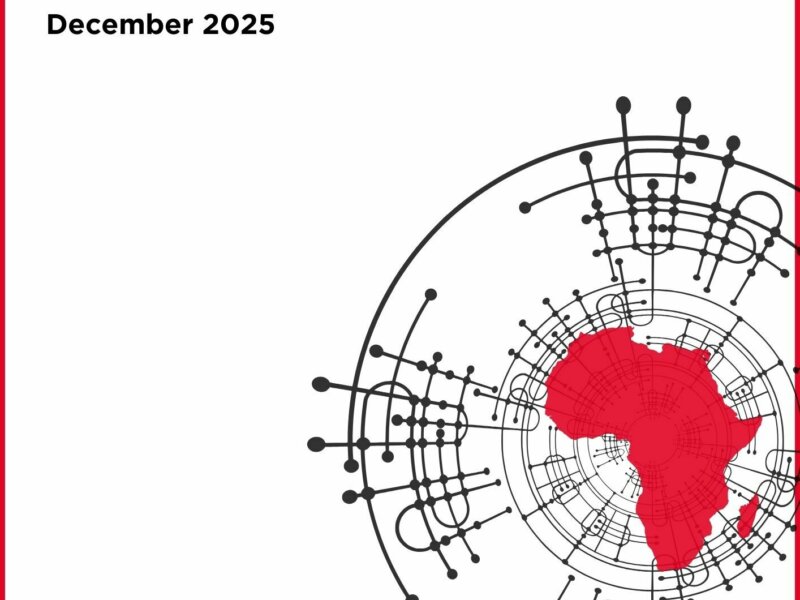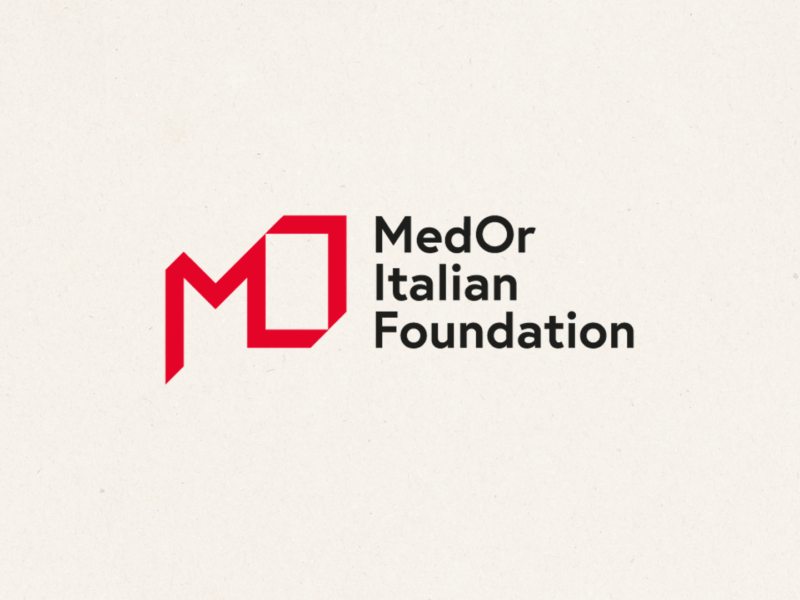DRC-Rwanda: the war and peace waltzer that echoes in Lobito
The Eastern Congo peace process has taken another step forward, but its ultimate goal is still elusive. By Corrado Čok

On 27th June, the Foreign Ministers of the Democratic Republic of Congo (DRC) and Rwanda signed a peace agreement under the auspices of an assertive US Administration in Washington. The deal delineates the action points to settle some key contentious issues. Two US- and Qatar-brokered agreements had already curbed direct clashes between the Congolese army and Rwandan forces in March and April, but around 1,000-1,500 Rwandan troops still operated in the DRC along with the M23 armed group as of late April. President Felix Tshisekedi of the DRC and President Paul Kagame of Rwanda are expected soon in the US for the signing ceremony of what has been anticipated as the “Washington Accord”. With 6 million estimated casualties, the conflict in Eastern Congo is the bloodiest since WW2.
American pressure has been decisive to secure this result. Minerals have been the main - arguably the only - catalyst of US attention in the Eastern Congo peace process. Indeed, a substantial section of the agreement sets the preconditions for US mining companies to land in mineral-rich Eastern Congo and, as the White House hopes, offset China’s dominant position in global value chains of critical raw materials. The accord also envisages the creation of a regional economic integration framework to facilitate the deployment of infrastructure and industrial investments and pave the way to the development of cross-border mineral value chains. The US Senior Advisor for Africa, Massad Boulos, referred to American investments in the Lobito Corridor during the press conference. This reminded how the project falls within the broader Great Lakes region and, therefore, is not immune to its broader geopolitical dynamics.
A dwindling accord
Several issues risk derailing the “Washington Accord”. First, the accord expects Rwanda to withdraw its troops within 90 days, but it only marginally mentions the M23. The Rwanda-backed armed group has driven the current escalation since 2022 by making significant territorial gains in Eastern Congo, including two provincial capitals and several mining areas rich in gold and coltan. The deal leaves the whole M23 matter to the parallel negotiation between the group and the Congolese government in Qatar. DRC-M23 talks, however, after reaching a preliminary agreement in April, have not seen real progress and, instead, the rebel group has managed to expand further amid continued fighting. The agreement also omits the loose network of informal armed groups known as Voluntaires pour la Défense de la Patrie (VDP) or Wazalendo that the Congolese government has armed and mobilized to fight along the official army. The Wazalendo has become the backbone of the fighting against the M23 but remains largely outside Kinshasa’s control, making it difficult to fully rein it in.
The only armed group that the accord addresses extensively is the Forces Démocratique pour la Liberation du Ruanda (FDLR), setting out a plan for its eradication (the CONOP) and a joint security platform to supervise its implementation. The FDLR is a minor faction that stems from the perpetrators of the Rwandan genocide of 1994 who fled to Eastern DRC. Since 1997, Rwanda has repeatedly pointed to the FDLR as an overarching security threat near its border that motivates its military interventions in Congolese territory. Meanwhile, the FDLR has merged with the Wazalendo network, complicating any attempt by the Congolese army at chasing its members. Plus, the M23 would most likely take advantage of an internal fight within the government front. All in all, the agreement meets Rwanda’s requests to a large extent. It puts emphasis on the elimination of the FDLR while neglecting the situation of the M23. Besides confirming the effectiveness of Rwanda’s diplomacy, this outcome reveals how the Americans are not willing to take on any militarily involvement in Eastern Congo, as Kinshasa had hoped for, and are ready to engage with the current status quo.
Against this background, there are doubts about the ability of the US-brokered peace accord to deliver its expected results. Private investors need a stable and safe environment to launch long-term projects, like mining projects are, whereas clashes between the M23 and Wazalendo have continued to rage in July. Additionally, Eastern Congo remains home to over 120 armed groups controlling many mining sites, which the agreement does not address besides a generic endorsement of demobilization processes that would nonetheless require substantial resources to move ahead.
The Congolese Foreign Minister announced her Government’s intention to hammer out a parallel deal with the M23 before the final signature of the “Washington Accord”. Given the short deadline and lack of progress since April, the DRC and the M23 might reach another preliminary agreement to appease the White House but will hardly fix key issues, like: the Wazalendo, that can carry on their operations against the M23 autonomously, and the management of mineral resources extracted in or crossing M23 territory. These issues have the potential to derail a DRC-M23 settlement. Lastly, other root causes of conflict related to ethnic tensions, the return of displaced people, land control and justice are either marginally mentioned or neglected altogether but are among the underlying causes of instability across the Great Lakes region.
Echoes in Lobito
The Lobito Corridor is not directly impacted by the crisis, as it runs in southern Katanga, about 1,000km south of the conflict zone. However, the vast and mineral-rich region of Katanga stretches up to contested South Kivu and could be damaged by the Eastern Congo conflict, should the peace agreement fail to stop violence and destabilise further the Congolese political system. The region was the epicentre of a brutal civil war between the local separatist leadership and central authorities soon after independence (1960-1963). Katangan separatist groups did not cease to exist then, with some of them continuing a low-scale insurgency until today, like the Mai-Mai Bakata Katanga or the “Tigres”, based in neighbouring Angola. On top of this, the Tshisekedi presidency has fuelled new tensions in Katanga. The President hails from the Luba-Kasai community, which was violently expelled from Katanga by native forces in the early 1990s, and is now allowing police units from the Luba-Kasai to facilitate the return of their migrants to Katanga with multiple episodes of arbitrary violence against the native population.
Another risk factor comes from the political return of former president Joseph Kabila to challenge Tshisekedi’s presidency in partnership with the M23 and other veterans of Congolese politics. Kabila’s family hails from Katanga and despite strong tensions between him and the Katangan leadership at the end of his second mandate, animosity against the current government and Kabila’s renewed closeness with former governor Moise Katumbi might boost his influence across the region. As a result, should the DRC and the M23 continue their battle, the Rwanda-backed group might seek an alliance with Katangan rebel forces and elites against Kinshasa. Instability in Katanga would be a major threat to the Lobito Corridor as it would discourage external investors from launching projects along the railway, or at least its Congolese segment. Long opposed to the Lobito project, Kigali might consider supporting this course of action to put the Corridor under strain and gain additional centrality in the Great Lakes’ mineral value chains and export, a role that the Washington Accord is set to strengthen.
The bottom line is that the recent DRC-Rwanda peace agreement will hardly erase instability in Eastern Congo. A series of deep-rooted and immediate challenges to peace have not been addressed, chiefly the M23 and Wazalendo positions, revenue sharing mechanisms, and the presence of tens of other armed groups across the region. The fragile situation of Katanga then casts doubt on the stability of the broader Great Lakes region and could pose a threat to the Lobito Corridor too. To prevent this from happening, it will be crucial that the US administration remains engaged in the peace process, even if expected US investments in minerals only partially materialise. European governments and the EU have joint stakes in the stability of the region and in the Lobito Corridor, making a strong case for putting their weight behind stabilization efforts and the agreement as well as press the White House to stay engaged.



